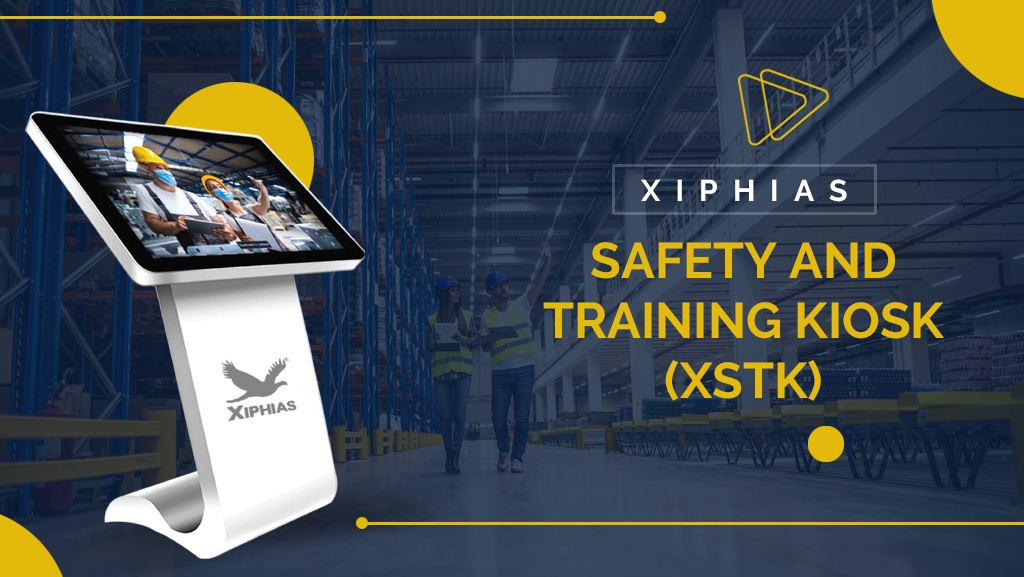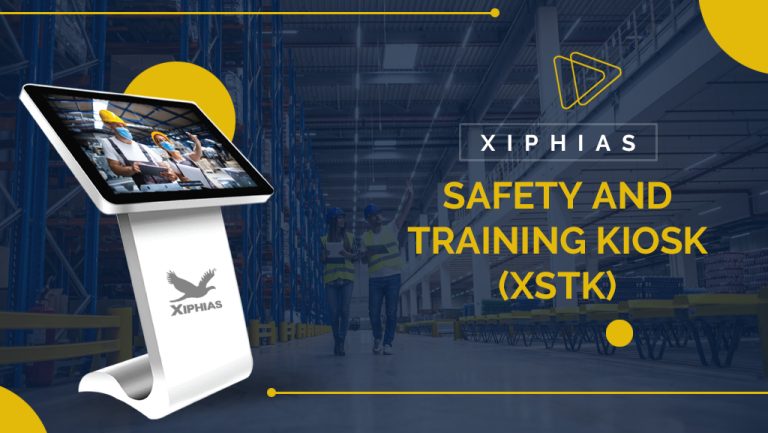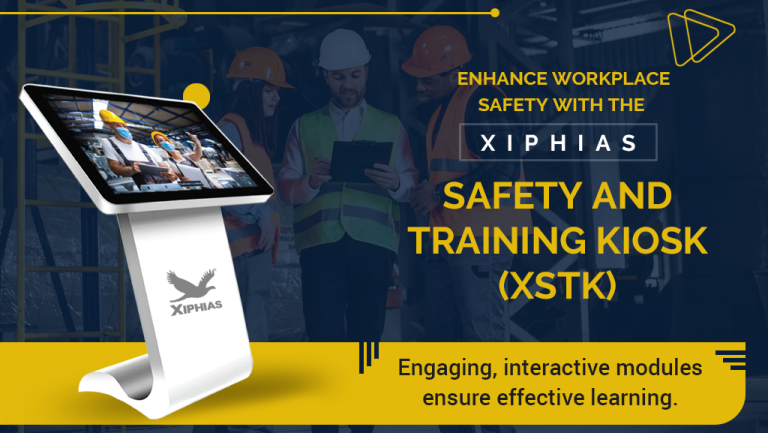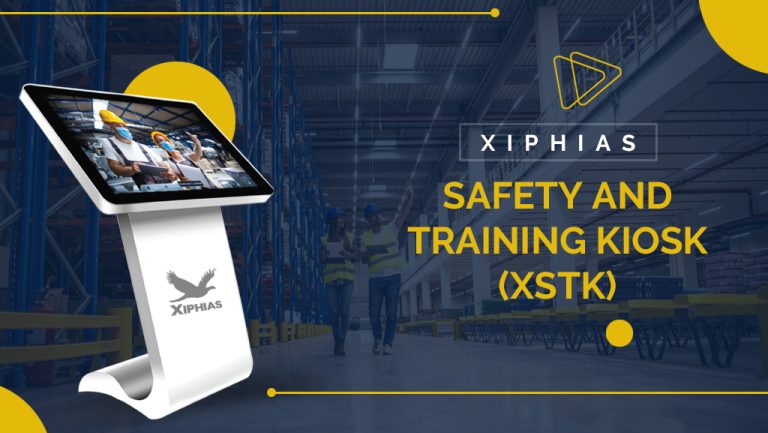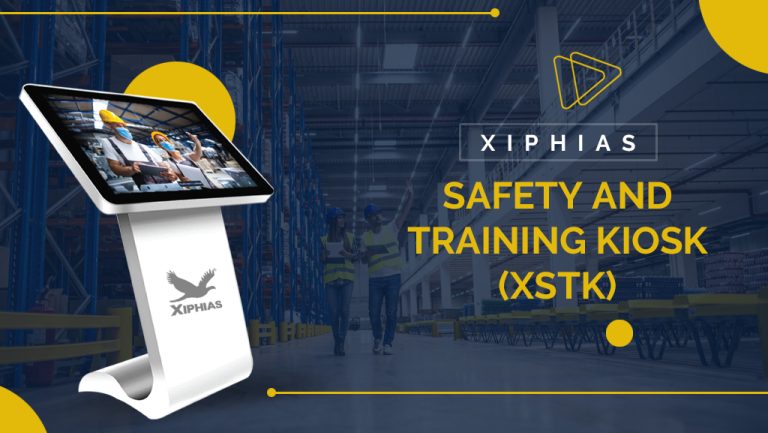Boosting Safety Standards: The Role of Safety Training Kiosks in Modern Workplaces
In today’s fast-paced industrial environment, safety is a top priority for businesses across all sectors. Companies are continuously looking for ways to improve their safety protocols, reduce workplace accidents, and comply with regulatory standards. One innovative solution that has gained significant traction in recent years is the use of safety training kiosks. These self-service devices are revolutionizing how companies deliver safety training, ensuring employees are well-informed and prepared to handle workplace hazards effectively.
The Need for Enhanced Safety Standards
Modern workplaces, particularly in industries like manufacturing, construction, and logistics, are prone to various hazards. From operating heavy machinery to handling hazardous materials, employees face numerous risks daily. Traditional safety training methods, such as in-person seminars or paper-based manuals, often fall short in delivering consistent, engaging, and accessible training. These methods can be time-consuming, hard to manage, and sometimes ineffective in reaching all employees.
Safety training kiosks address these challenges by offering a streamlined, consistent, and interactive approach to safety education. They ensure that every employee receives the same high-quality training, regardless of location or work schedule. This consistency is crucial in maintaining high safety standards across the organization.
How Safety Training Kiosks Work
Safety training kiosks are designed to be user-friendly, making it easy for employees to access training modules. These kiosks are typically equipped with touch screens, enabling users to navigate through training content quickly. The content can include video tutorials, interactive quizzes, and real-time feedback, enhancing the learning experience.
Employees can complete safety training at their own pace, which is particularly beneficial in industries with shift work. The flexibility provided by these kiosks ensures that training does not interfere with production schedules, and employees can learn when it’s most convenient for them. Moreover, the interactive nature of the training helps in better retention of safety protocols, reducing the likelihood of accidents.
Benefits of Safety Training Kiosks
1. Consistent and Standardized Training
Safety training kiosks ensure that all employees receive the same training, eliminating inconsistencies. This standardization is crucial in maintaining uniform safety practices across different teams and locations.
2. Increased Accessibility and Convenience
With safety training kiosks, employees can access training whenever it fits their schedule. This flexibility increases the likelihood that all employees will complete necessary training promptly.
3. Real-Time Tracking and Reporting
These kiosks often come with software that tracks employee progress and completion rates in real time. Management can quickly identify who has completed their training and who needs a reminder, ensuring compliance with safety regulations.
4. Cost-Effective Training Solution
While the initial investment in safety training kiosks may seem significant, they offer long-term savings. Traditional training methods often require instructors, materials, and travel costs. Kiosks eliminate many of these expenses, offering a cost-effective solution for ongoing training needs.
5. Improved Engagement and Knowledge Retention
Interactive elements like quizzes and videos make the training process more engaging. When employees are actively engaged, they are more likely to retain the information, leading to safer workplace practices.
Implementing Safety Training Kiosks in Your Workplace
Integrating safety training kiosks into your workplace requires careful planning and execution. Here are some steps to ensure a successful implementation:
1. Assess Your Training Needs
Before investing in kiosks, assess your organization’s specific safety training needs. Identify the key areas where training is most needed and consider the types of content that will be most effective.
2. Choose the Right Kiosk Solution
Select a kiosk solution that meets your organization’s requirements. Consider factors like ease of use, content management, and integration with existing systems. Ensure the kiosks are durable and suitable for your work environment, especially in harsh industrial settings.
3. Develop Engaging Content
Work with safety experts to develop engaging and relevant training content. The content should cover all necessary safety protocols and be easy for employees to understand. Use multimedia elements like videos, graphics, and interactive quizzes to enhance learning.
4. Train Employees on Kiosk Use
Although safety training kiosks are user-friendly, provide employees with a brief introduction to using them. This training ensures they can navigate the system easily and access the necessary modules.
5. Monitor and Update Training Regularly
Regularly monitor the effectiveness of the training and update content as needed. Safety standards and protocols can change, and your training content should reflect these updates to remain relevant.
The Future of Safety Training in the Workplace
As technology continues to evolve, safety training kiosks will likely become even more advanced. We can expect more integration with other workplace systems, such as human resources and compliance software, to streamline safety management further. Virtual reality (VR) and augmented reality (AR) elements may also be incorporated, providing immersive training experiences that can simulate real-world scenarios.
The use of AI in kiosks could personalize training experiences, tailoring content to individual employees based on their roles, experience levels, and past training performance. This personalization could lead to even greater effectiveness in training, further reducing workplace accidents.
Conclusion
Safety training kiosks are a powerful tool for modern workplaces looking to enhance their safety standards. By providing consistent, accessible, and engaging training, these kiosks help ensure that all employees are well-prepared to handle potential hazards. As more companies adopt this technology, we can expect workplace safety to continue improving, leading to fewer accidents and a safer working environment for everyone.
In an era where safety is paramount, investing in safety training kiosks is not just a smart decision—it’s a crucial step toward safeguarding your workforce and ensuring compliance with industry standards.

